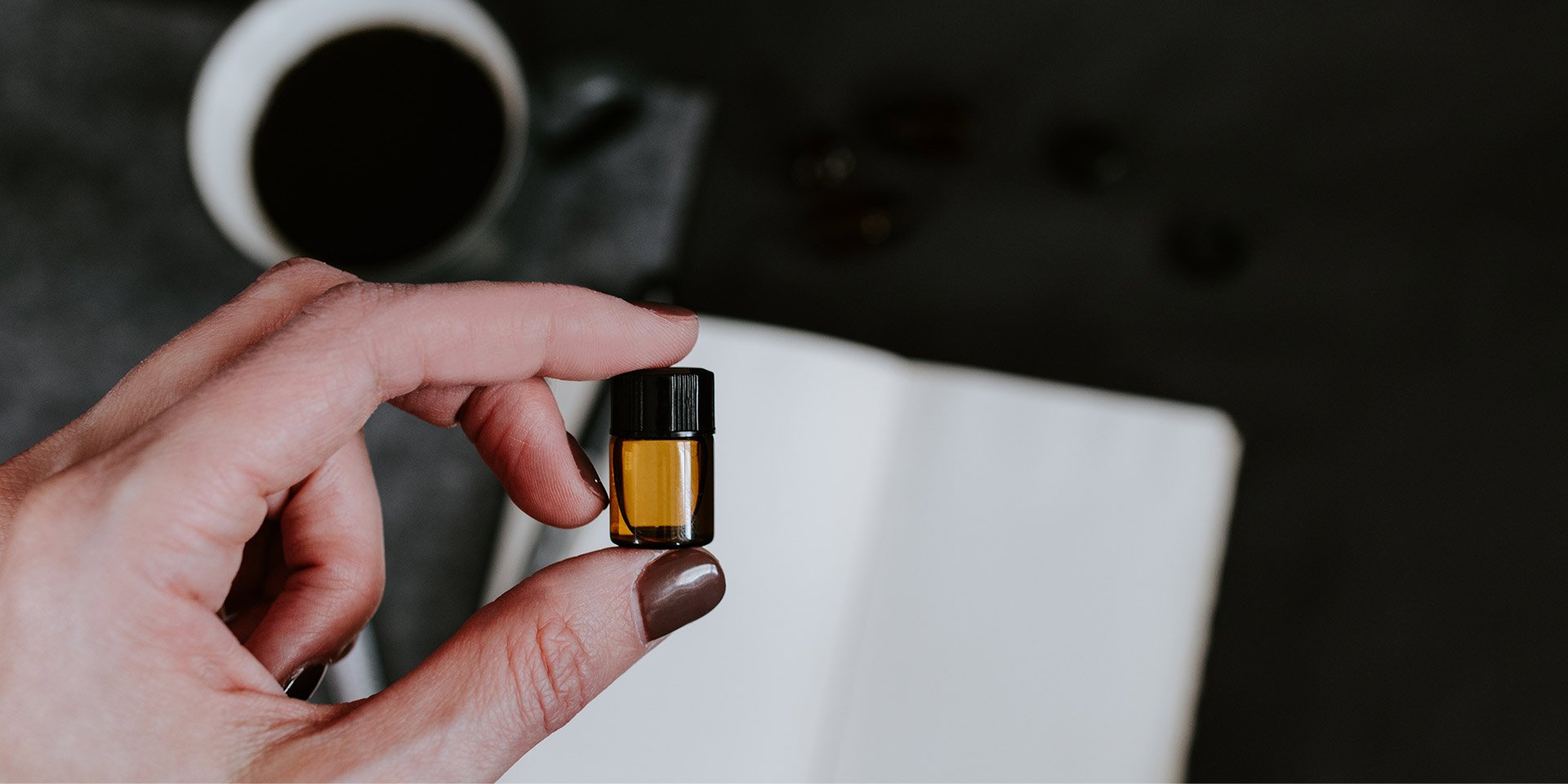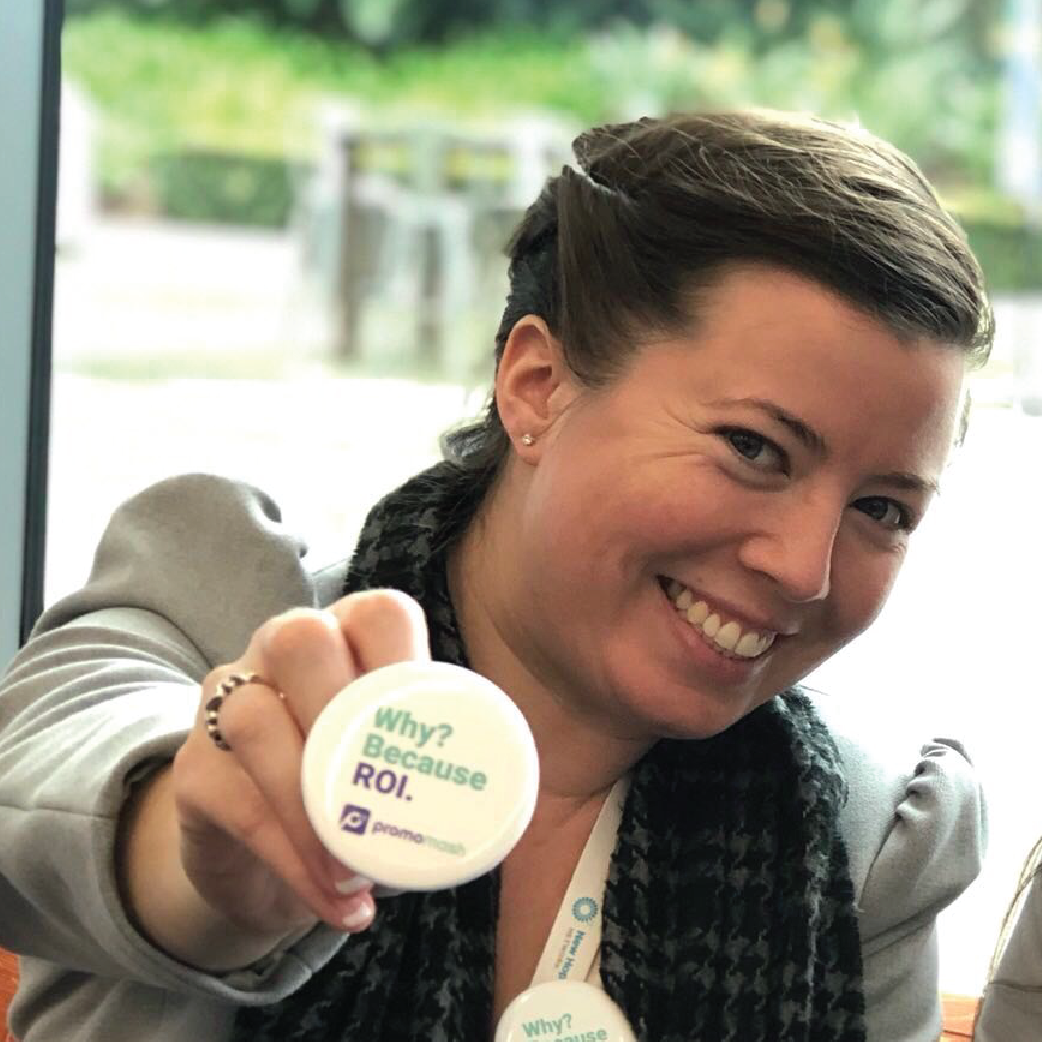
While the best and most experienced reps can engage and sell naturally, not everyone is born with that as a natural ability. But by providing the right tools, training and expectations, you can equip any Brand Ambassador for success in converting in-store samplers to repeat buyers – and you’ll watch your profits climb as a result. In this post, we’ve assembled 6 key strategies that will help you do just that.
1. Hire BAs with the personality and social skills to match your brand.

It takes a special skill set to interact with a complete stranger – but it’s critical for BA success and can’t be overlooked in the hiring process. I’ve personally witnessed reps who quickly become anxious and avoid eye contact in the middle of a demo. This is exactly the opposite of what they need to be doing! Regardless of the BA’s level of experience or intent, non-verbal communication or awkward body language can have more of a negative impact than you may imagine. That less-than-stellar representation of your brand is all that shoppers notice, and your one shot at a first impression is, well, shot. Creating a magical moment takes someone who can pick up social cues from shoppers and quickly “match and mirror” (check out this article for more on this) to engage in a way that will leave a positive and unforgettable impression of your brand.
You know the old saying – “people never forget how you make them feel” – so make sure the rep you select is personable and friendly and has a pretty high “EQ” (emotional intelligence quotient). The ideal rep will be able to spice up any conversation that is at risk of going stale, push through awkward silences, and delight samplers so well that they will walk away with product in the cart and a story to tell their friends and family.
Looking for tips on how to uncover these special skill sets in your BA candidates? This e-book outlines 10 key questions to ask during the interview process.
2. Prepare your BAs to be engaging product experts.

There is nothing worse than an unprepared rep standing behind your conveniently placed and branded table, knowing nothing about the samples they are about to hand out or the company who made them. Today’s shoppers are more informed than ever – and they’ll be ready to ask your brand advocate questions to determine whether they are interested in purchasing your product. Make it effortless for them to notice your brand and get their questions answered quickly by arming your BAs with all the information they will need.
First things first: Does your BA know the basics of your product? What makes it special? Is it allergy free? Does it support a certain diet? What food or drink does it compliment? What are 3-5 unique traits/benefits of the product? The BA’s job is to spread the love by truly knowing the brand, mission and product. Creating an FAQ sheet that you can add to your demo kit is a great way to help them do their job better. It’s also a great way to increase support from the store and staff by making that information openly available to them, too!
Stumped on how to effectively train your BAs and organize training materials? Learn more (no pun intended) about how we help our clients do this with our Training Center platform.
3. Create a 360º brand experience.

A simple, impactful statement that quickly and clearly conveys the essence of a brand is important… and once you have it, you need to tell the shoppers as many ways as you can! Here’s one of my favorite examples, from one of our iconic clients. Dr. Bronner’s original founding mission draws each and every passer-by to the table – from across the store you hear the resounding call – “We are All One!” Their branded table lets you know that they are here to save the world from bad ingredients. They also offer take-home samples for the consumer to try before they buy, along with coupons. Their BAs are dressed in bright tie-dye shirts, trained on the FAQ’s, and informed about all active promotions. The lesson? Gear ‘em up! Aprons, hats, table cloths, and promotional items, oh my! Creative ways to splash your brand all over the table will create a lasting impression. And if the rep is in the aisle, they are less likely to be mistaken for another shopper or store staff – they will be easily recognized and viewed as a representative of your brand and product. And again, you’ll want to ensure they are ready to answer any questions on the spot.
You may be thinking, “That sounds great, but the cost is so high!” Your investment in your brand will pay off when you see shoppers purchasing again, and again, and again. So many brands try to keep costs down by piecing together a cheap table without any branding. It takes so much more than a few pamphlets and a display to convince a potential buyer to choose your brand over all the other choices on the shelf. The good news is, you’re already ahead of your competitors by placing a rep in the store. This is a tremendous opportunity to be loud and proud about why your buyers should choose your brand.
4. Don’t forget the importance of the Pitch and the Ask.

I once hired a rep and couldn’t figure out why the product was not selling during his shifts. The product usually flew off the shelf. When I asked him what he was doing, he informed me that he was waving at customers and wishing them a good day! No pitch, no call to action, not a single ounce of advocacy. If there is anything BAs should be doing, it’s pitch and ask. One big mistake many brand managers make is assuming that their BAs know how to do this. Don’t leave this to chance! In your training materials and testing, make sure each and every one of your BAs knows the sales pitch (5-10 second statement that explains why your product is different and why they should buy) to the point that they can recite it if suddenly shaken awake at 3am.
Even more importantly, train them to ask. Ask for the purchase… or even ask for 15 seconds of their attention. If you have ever been behind the table, you know that many shoppers will try to avoid contact at all costs, making it harder for your BA to engage with them. In these cases, give them catchy call-outs that are actionable, and watch how the engagements skyrocket. A few examples of short and sweet calls to action: “If you try this, you’ll buy it!” “You always have time for a snack!” “Get your protein: this snack will give you the power you need to shop today!” You can even add a little reverse psychology to spice it up: “Don’t try these or you will have to buy them!” “If you don’t like amazing tasting products, please pass on by!” “If you hate being bothered with bathing, please go ahead and ignore me!”
Remember – your rep will have less than 10 seconds to grab the attention of those busy consumers. Do all you can to arm them with the tools to disrupt and delight.
5. Incentivize impulse purchases with a promo.

Let’s face it – your BA is in the store to create impulse purchases that wouldn’t have happened without them being visible and present. Push those reluctant spenders over the purchasing edge by offering some form of promotional discount during their visit. Depending on the promotion, this may or may not increase your ROI on the day of the demo, but more than likely it will move the needle and create lasting results for months to come. The consumers’ wallet doesn’t suddenly grow when they see your rep, so they may be on a limited budget and a coupon, discount or special promotion will take the sting out of that first purchase.
6. When it’s all said and done, don’t dismiss the data.

Often I will hear brand managers complain that they don’t have the time to review demo data. Don’t have the time? Do you not have the time to dig for gold you know is just below the surface? When the right data is collected from in-store demos, the insights can be invaluable. If the result didn’t turn out quite like you’d hoped, you can figure out why and make the right decisions to get back on track and turn more samplers into buyers. Without the data, you’re flying blind. How can a brand manager drive a higher ROI for their demo program without knowing what’s working and what’s not?
Now, I understand all too well how hard it is to collect the data on spreadsheets. It takes hours and hours of manual entry for sales, sample counts and calculating averages and conversions. And that’s not including any qualitative or quantitative results. Luckily, Promomash exists to simplify this effort and provide easy access to the details of your program, or a 30,000 foot view. It allows effortless visibility of your best (and worst) performers when it comes to BAs, products, and venues.
In conclusion…
Demos may not be the least expensive form of marketing, but if you do them right and create a great brand experience with a great rep, they can be among the highest-performing, highest-ROI activities you can do. Just ask clients like Ancient Nutrition and Revive Kombucha, who have literally built huge, iconic brands on the strength of their demo programs.
Are you looking to optimize or build out your in-store demos? At Promomash we help hundreds of the best brands to make their demo and event marketing programs organized, scalable and profitable. Click here to set up a quick call to explore how we can help you!
